Build Your Personal Style: A 5-Step Blueprint, Not a Treasure Hunt
Tagline: It’s not something you find. It’s something you build.
The internet sells the myth that personal style is a lost object—something you stumble upon, fully formed, if you only search hard enough. But your style isn’t lost. It is simply unbuilt.
This isn’t a treasure map leading to a final destination. It’s a step-by-step blueprint. Style won’t reveal itself in a weekend workshop. This guide is about beginning the practice of building it piece by piece, outfit by outfit.
Step 1: Visualise the Feeling, Not Just the Fashion
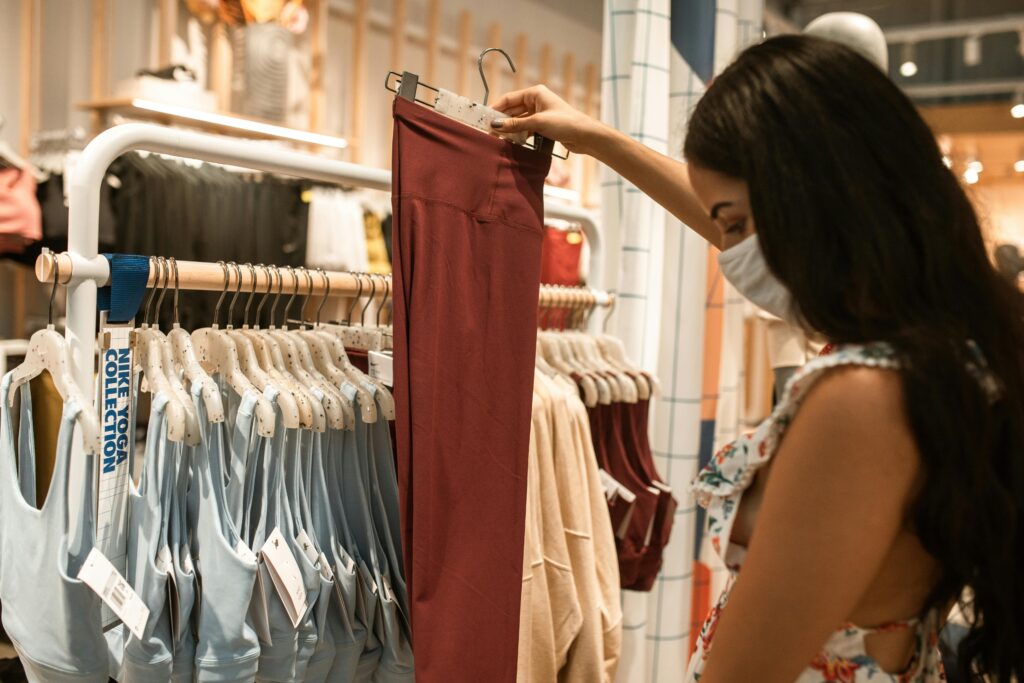
Before you can edit your past, you must have a vision for your future. But our vision doesn’t start with clothes; it starts with a feeling. Taste is a language, written across every preference, the rhythm of your playlists, the buildings you pause to photograph, the spaces where your body exhales.
For example, if someone loves the feeling of a cozy, quiet library, their mind might conjure images of dark wood, warm lamplight, and the soft texture of old books. From that feeling, they can extract a style vocabulary: “earthy colours,” “soft wool,” and “structured trousers.”
Your first task is to create a personal style mood board, but not just of outfits. Gather images of anything that arrests you, objects, places, textures that stir recognition. Your perception is unique; the goal is to capture your authentic vibe, not a pre-packaged trend. This is the emotional foundation upon which you will build everything else.
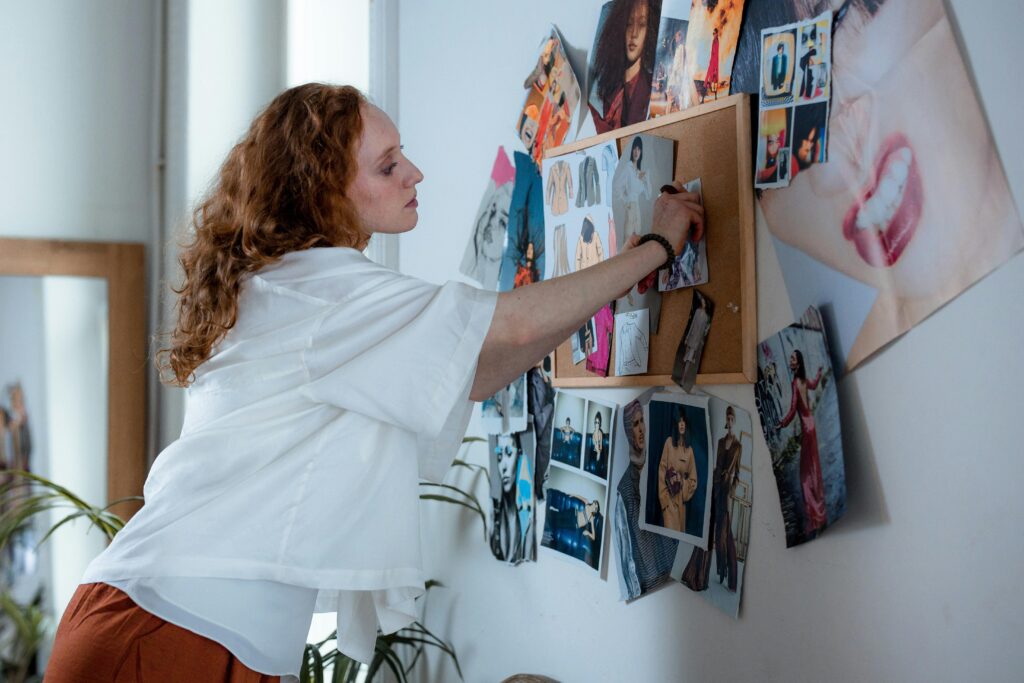
Step 2: The Audit: A Conversation with Your Closet
Now that you have a vision, let’s gather data on how your current wardrobe actually makes you feel. This isn’t a ruthless declutter; it’s a gentle conversation. Divide your clothes into three piles.
- The “Effortless” Pile: These are the pieces that work. You put them on and feel aligned; your body and your self-image are in quiet agreement. These are your allies. Action: Study these pieces. They are the blueprint for your personal style. Notice their patterns.
- The “It’s Complicated” Pile: These are the clothes that look good on paper but feel wrong in practice. Admiring something from afar is one thing. Liking a style doesn’t always mean you’ll love wearing it. A look can captivate you on the hanger and still feel wrong on your body. Action: Figure out why you don’t like them. Is it the fabric? The fit? The memory? Understanding the reason will inform your future choices.
- The “Memory” Pile: These clothes hold a powerful memory of a past self. They were once loved, but they no longer resonate. Action: Thank these pieces for their service and give them a new owner. A garment once cherished should not linger as a burden.
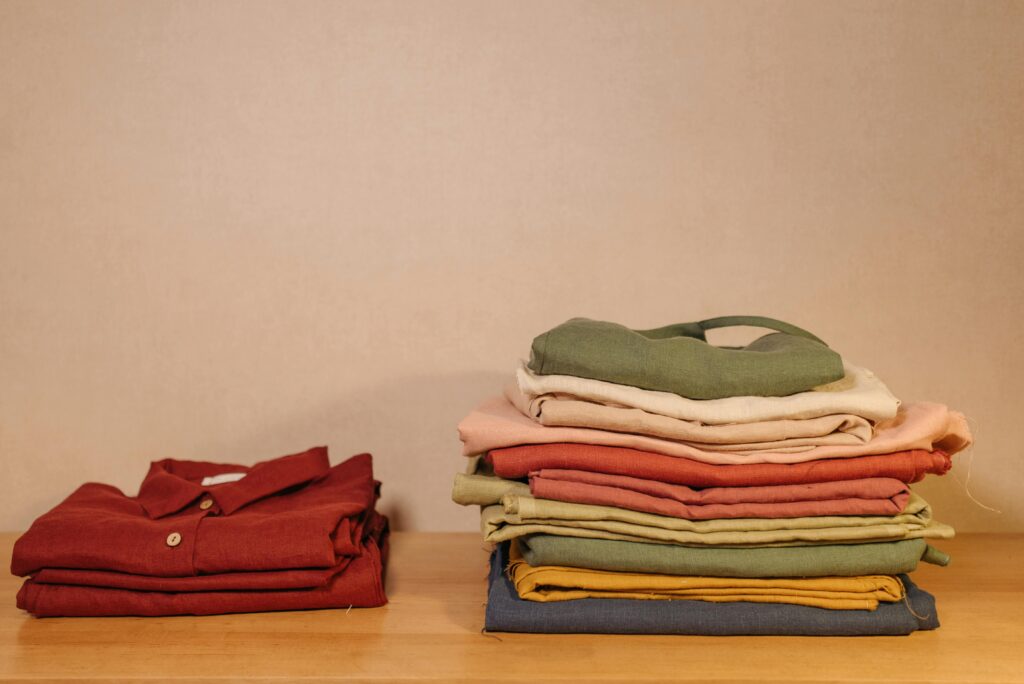
Step 3: Define Your “Style Arenas”
Personal style is not only about aesthetics; it is about purpose. A successful wardrobe is a functional toolkit that serves all parts of your life. To build it intelligently, define your personal “Style Arenas.”
Your arenas are unique to you. For me, my life is divided into a few key arenas:
- My “University Arena” requires a style that is polished and simple, a kind of quiet competence.
- My “Blog Arena” is for creative work at home. I still wear black trousers and a simple t-shirt to signal that this work is worthy of my time and effort.
- My “Curious Arena” is for reading or watching documentaries. My signature here is a messy bun. A look that feels both absorbed and put-together.
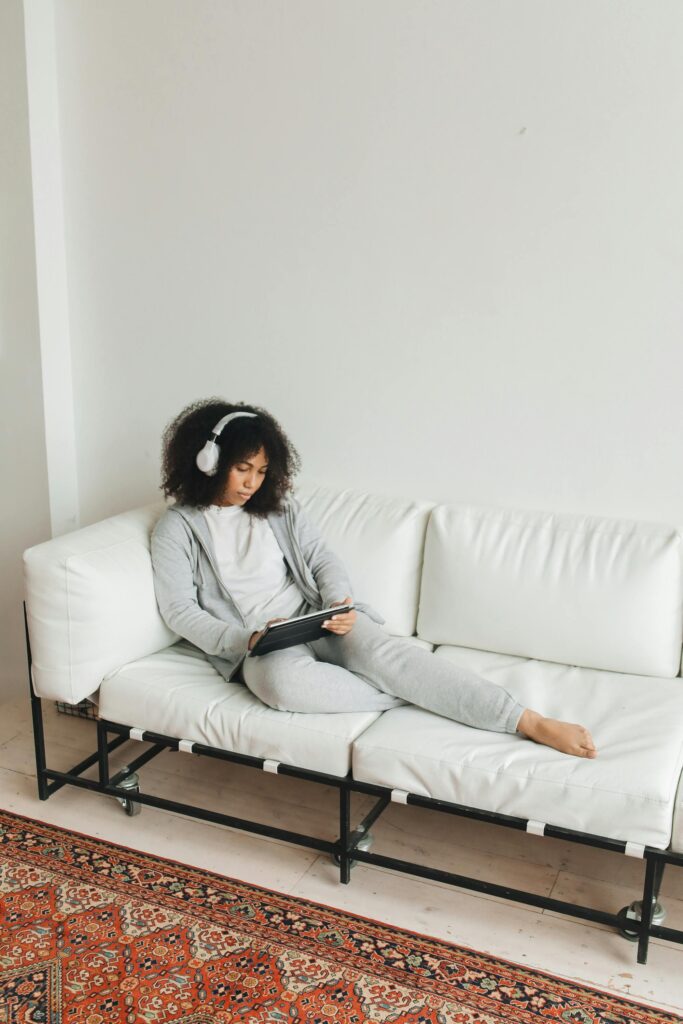

Your arenas could be ‘The Diplomat’ for your career and ‘The Poet’ for your personal time. I don’t believe in rigid archetypes, because our lives are a mixture. Naming the role your clothes need to play in each part of your life is a powerful act of intention. Dressing up is a deliberate way of putting effort into yourself, a truer form of self-care.
Step 4: Identify Your Signature Silhouettes
Now that you know how you want to feel and where your style must perform, let’s look at the shapes that feel like home on your body. A silhouette is the shape your clothes carve around you, and it can quietly reshape how you carry yourself.
Look back at your “Effortless” pile. What shapes do these clothes have? Do you gravitate toward the clean lines of a structured blazer, or the gentle movement of a flowy dress? Do you feel most yourself in oversized, baggy shapes, or in clothes that are more fitted and body-hugging? Understanding the clothing shapes you feel best in is a strategic shortcut. It reveals the lines where you feel most at home, and softens those that don’t speak for you.
Step 5: The Low-Stakes Experiment
You now have your vision and your data. But there are likely still styles you’re curious about but haven’t tried. The final step is to experiment without pressure. Think of it as a style rehearsal, not a performance, a data-gathering mission, not a shopping trip.
Start at home: create new combinations from your “Effortless” pile, or test a silhouette by pairing something structured with something relaxed. Then, widen the experiment. Step into a store not to buy, but to test the fitting room as a rehearsal space for possibility. Or, ask a friend or family member if you can try on a piece you’ve always admired.
You can’t truly know how a style feels without getting it on your body. The goal is simple: gather information, risk-free, so that when you do shop, you know exactly what you’re looking for.
Conclusion: Making Sense of the Pieces
Building personal style can feel like assembling a LEGO set. At first, it can seem daunting. But the pieces are already there—in your closet, in your taste, in your life. What’s needed is the patience to put them in the perfect place and make some sense out of them.
This five-step process, visualising your feeling, auditing your closet, defining your arenas, identifying your silhouettes, and experimenting without pressure, is not a one-time fix. It’s a rhythm. A way of checking in with yourself, again and again. Over time, it becomes the language that turns your private self into a visible form.
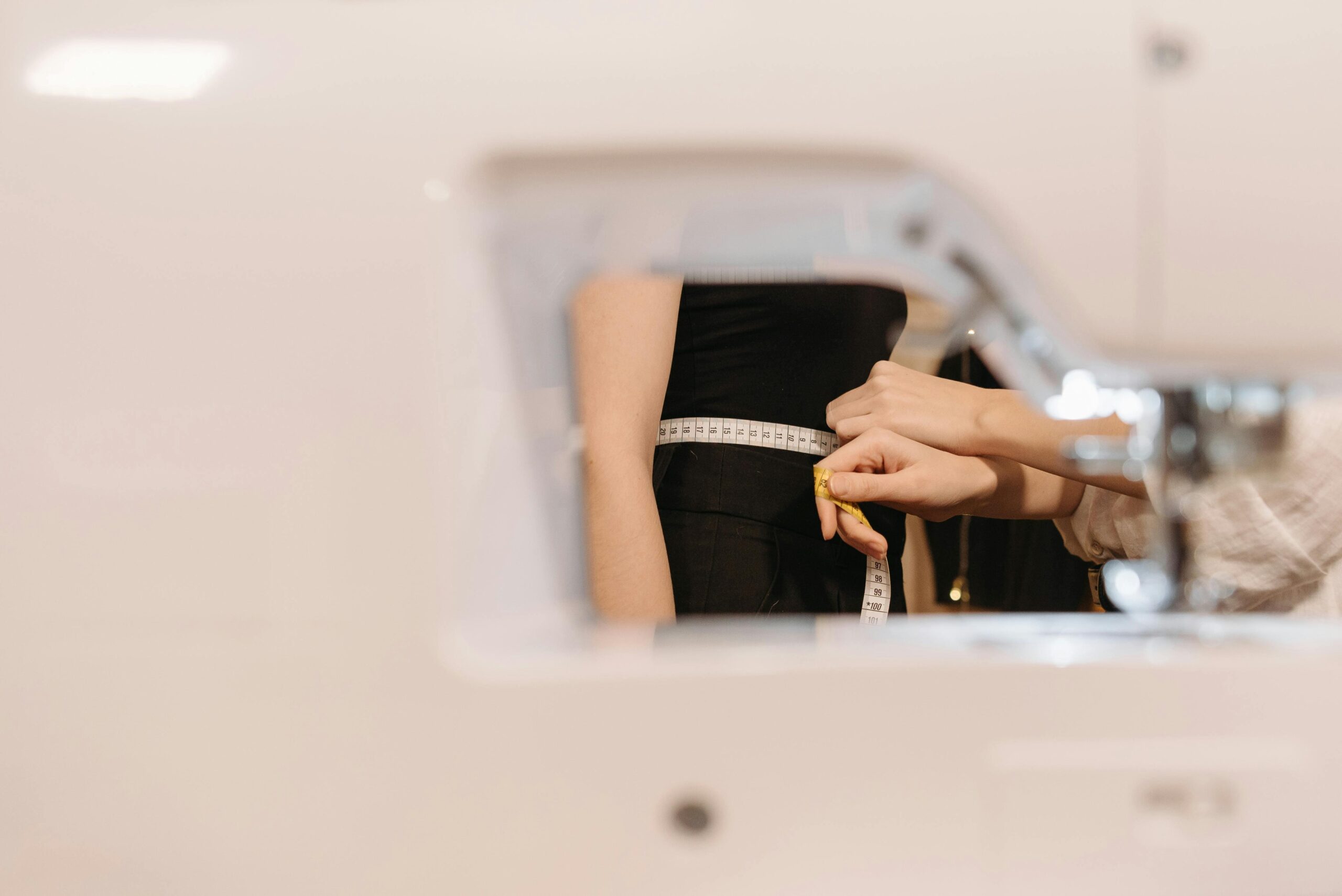
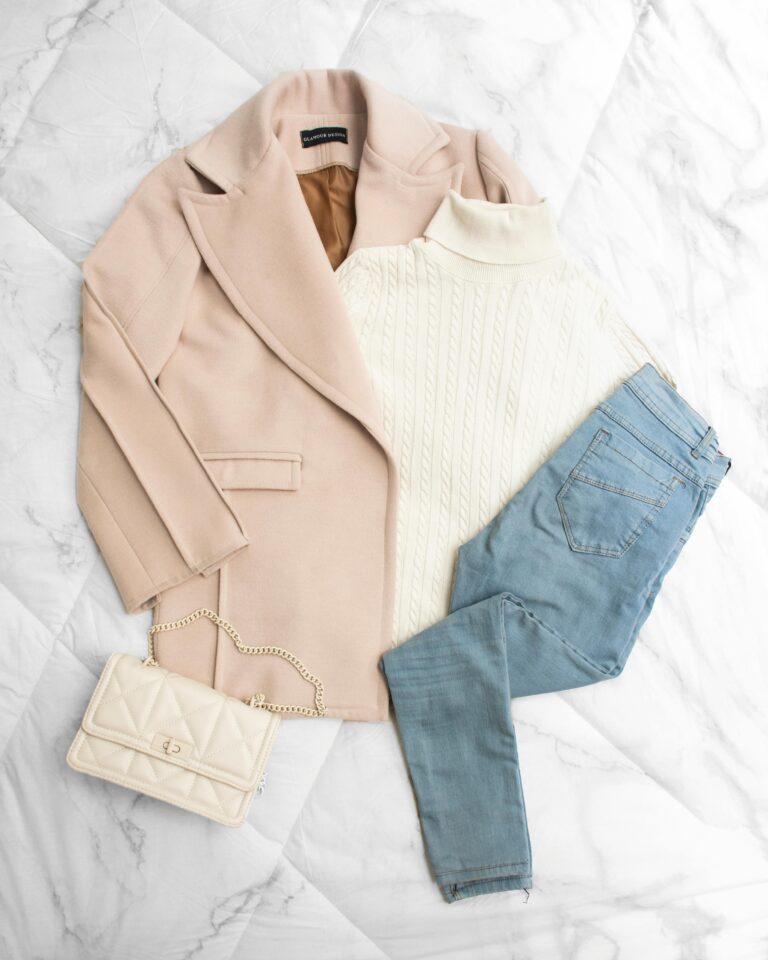

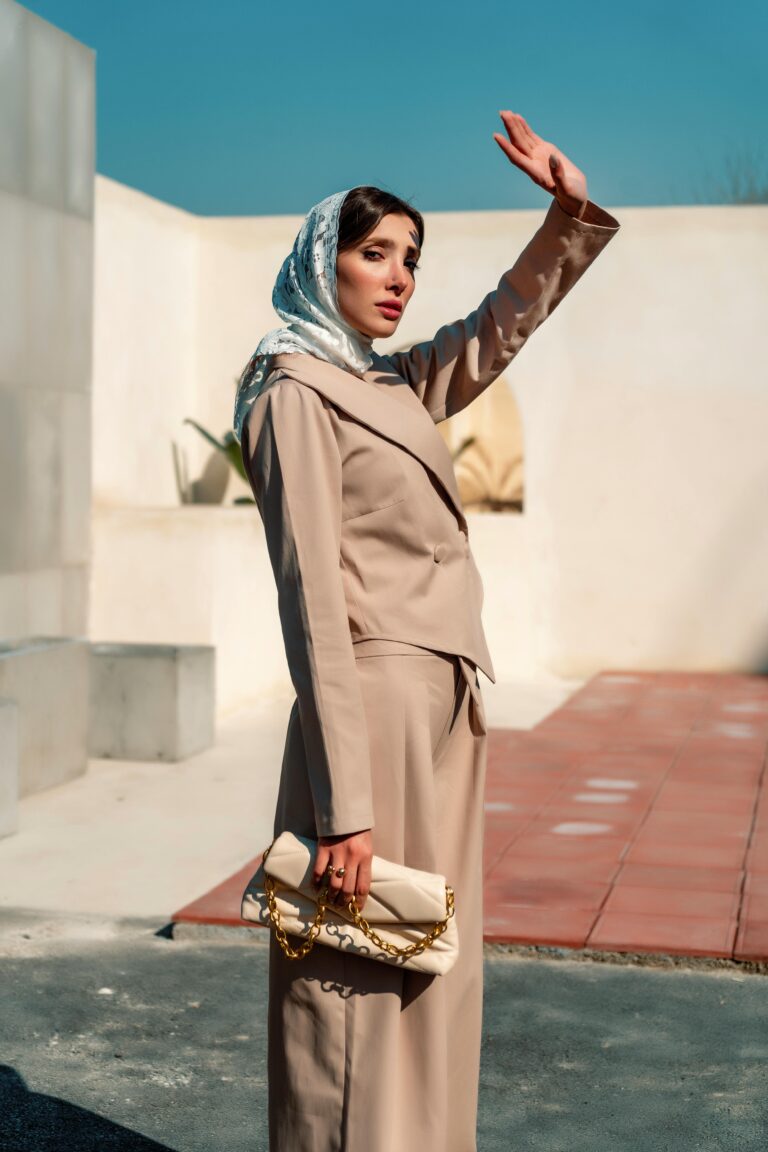

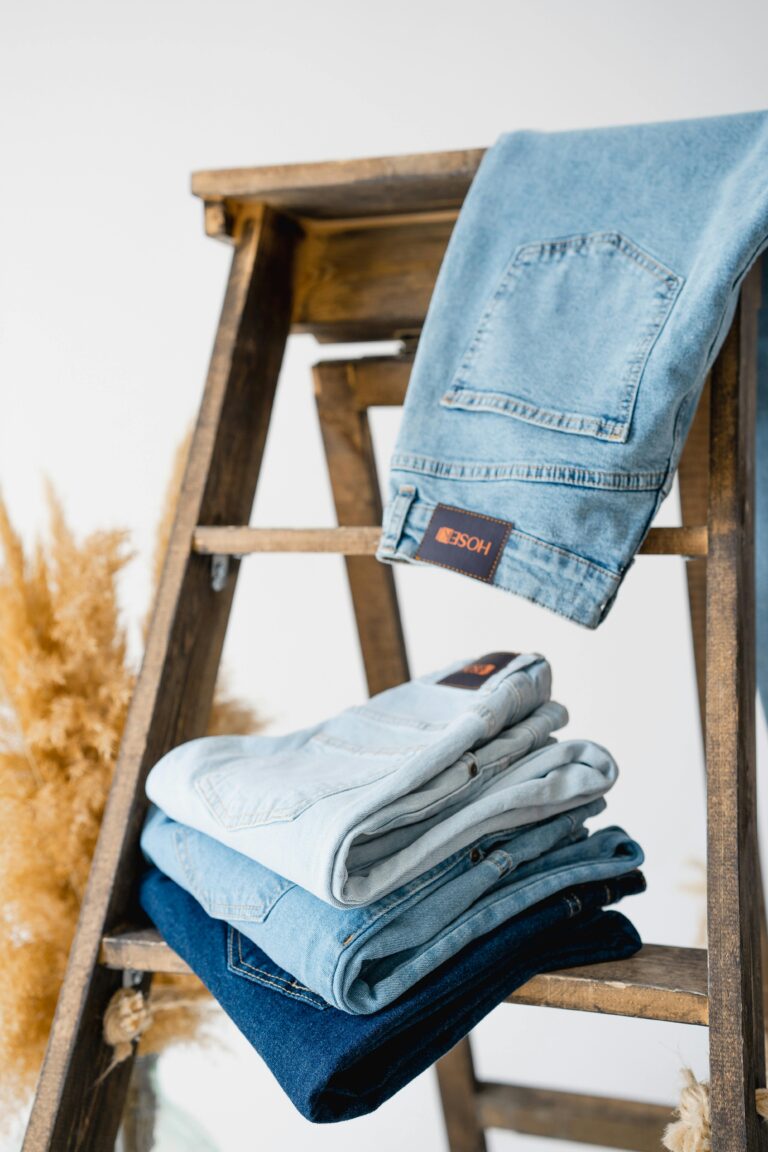
One Comment